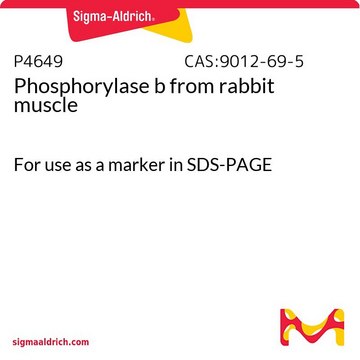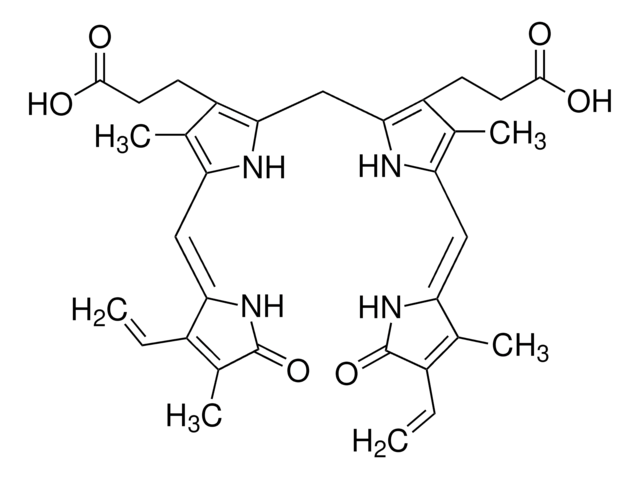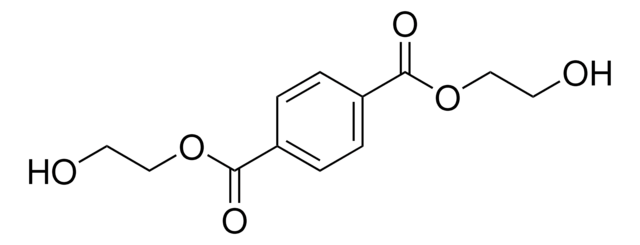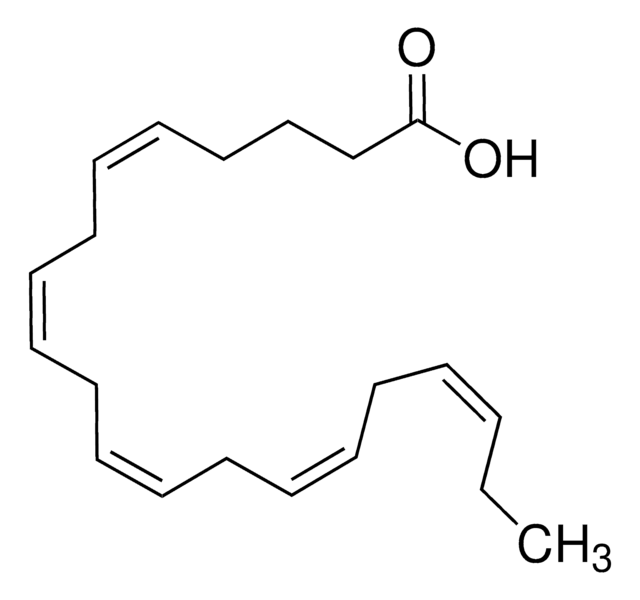Wszystkie zdjęcia(1)
Kluczowe dokumenty
P4798
L-Phenylalanine Dehydrogenase from Sporosarcina sp.
lyophilized powder, ≥6 units/mg solid
Zaloguj sięWyświetlanie cen organizacyjnych i kontraktowych
About This Item
Numer CAS:
Numer MDL:
Kod UNSPSC:
12352204
NACRES:
NA.54
Polecane produkty
pochodzenie biologiczne
bacterial (Sporosarcina sp.)
Poziom jakości
Formularz
lyophilized powder
aktywność właściwa
≥6 units/mg solid
warunki przechowywania
dry at room temperature
stężenie
≤100%
kolor
white to light brown
Zastosowanie
life science and biopharma
temp. przechowywania
−20°C
Opis ogólny
Research area: CELL SIGNALING
Phenylalanine dehydrogenase is a member of a large family of amino-acid dehydrogenases, which includes glutamate dehydrogenase, alanine dehydrogenase, leucine dehydrogenase, lysine €-dehydrogenase, and meso-a,€-diaminopimelate D-dehydrogenase. The three known gene sequences are octomers. It has a two-domain, three-dimensional structure.
Phenylalanine dehydrogenase is a member of a large family of amino-acid dehydrogenases, which includes glutamate dehydrogenase, alanine dehydrogenase, leucine dehydrogenase, lysine €-dehydrogenase, and meso-a,€-diaminopimelate D-dehydrogenase. The three known gene sequences are octomers. It has a two-domain, three-dimensional structure.
Działania biochem./fizjol.
Phenylalanine dehydrogenase (PheDH) is considered an effective enzyme to estimate the quantity of phenylalanine to distinguish phenylketonuria (PKU) disease.Moreover, it is utilized for the production of optically pure l-phenylalanine, a key component of the artificial sweetener aspartame. L-Phenylalanine dehydrogenase is a NAD+-dependent oxidoreductase that catalyzes the reversible, oxidative deamination of L-phenylalanine, which results in its degradation. L-Phenylalanine dehydrogenase is used to study phenylalanine metabolism and phenylalanine, tyrosine, and tryptophan biosynthesis.
Definicja jednostki
One unit will oxidize 1.0 μmole of L-phenylalanine per min at pH 10.5 at 30 °C in the presence of β-NAD.
Ta strona może zawierać tekst przetłumaczony maszynowo.
Hasło ostrzegawcze
Danger
Zwroty wskazujące rodzaj zagrożenia
Zwroty wskazujące środki ostrożności
Klasyfikacja zagrożeń
Resp. Sens. 1
Kod klasy składowania
11 - Combustible Solids
Klasa zagrożenia wodnego (WGK)
WGK 1
Temperatura zapłonu (°F)
Not applicable
Temperatura zapłonu (°C)
Not applicable
Środki ochrony indywidualnej
Eyeshields, Gloves, type N95 (US)
Wybierz jedną z najnowszych wersji:
Masz już ten produkt?
Dokumenty związane z niedawno zakupionymi produktami zostały zamieszczone w Bibliotece dokumentów.
Klienci oglądali również te produkty
Increase of Bacillus badius Phenylalanine dehydrogenase specificity towards phenylalanine substrate by site-directed mutagenesis
Yousefi F, et al.
Archives of Biochemistry and Biophysics, 635, 44-51 (2017)
Y Asano et al.
European journal of biochemistry, 168(1), 153-159 (1987-10-01)
Phenylalanine dehydrogenase produced by Bacillus badius IAM 11059 was purified from the crude extract of B. badius to homogeneity, as judged by disc gel electrophoresis. The enzyme has an isoelectric point of 3.5 and a relative molecular mass, Mr, of
N M Brunhuber et al.
Biochemistry, 39(31), 9174-9187 (2000-08-05)
Phenylalanine dehydrogenase catalyzes the reversible, pyridine nucleotide-dependent oxidative deamination of L-phenylalanine to form phenylpyruvate and ammonia. We have characterized the steady-state kinetic behavior of the enzyme from Rhodococcus sp. M4 and determined the X-ray crystal structures of the recombinant enzyme
A Pasquo et al.
Acta crystallographica. Section D, Biological crystallography, 54(Pt 2), 269-272 (1998-10-08)
The NAD+-dependent phenylalanine dehydrogenase from Nocardia sp239 has been crystallized by the hanging-drop method of vapour diffusion using ammonium sulfate as the precipitant. Two crystal forms were obtained in the presence and absence of the enzyme substrates phenylpyruvic acid or
Y Asano et al.
The Journal of biological chemistry, 262(21), 10346-10354 (1987-07-25)
NAD+-dependent phenylalanine dehydrogenases were purified 1,500- and 1,600-fold, and crystallized from Sporosarcina ureae SCRC-R04 and Bacillus sphaericus SCRC-R79a, respectively. The purified enzymes were homogeneous as judged by disc gel electrophoresis. The enzyme from S. ureae has a molecular weight of
Nasz zespół naukowców ma doświadczenie we wszystkich obszarach badań, w tym w naukach przyrodniczych, materiałoznawstwie, syntezie chemicznej, chromatografii, analityce i wielu innych dziedzinach.
Skontaktuj się z zespołem ds. pomocy technicznej













